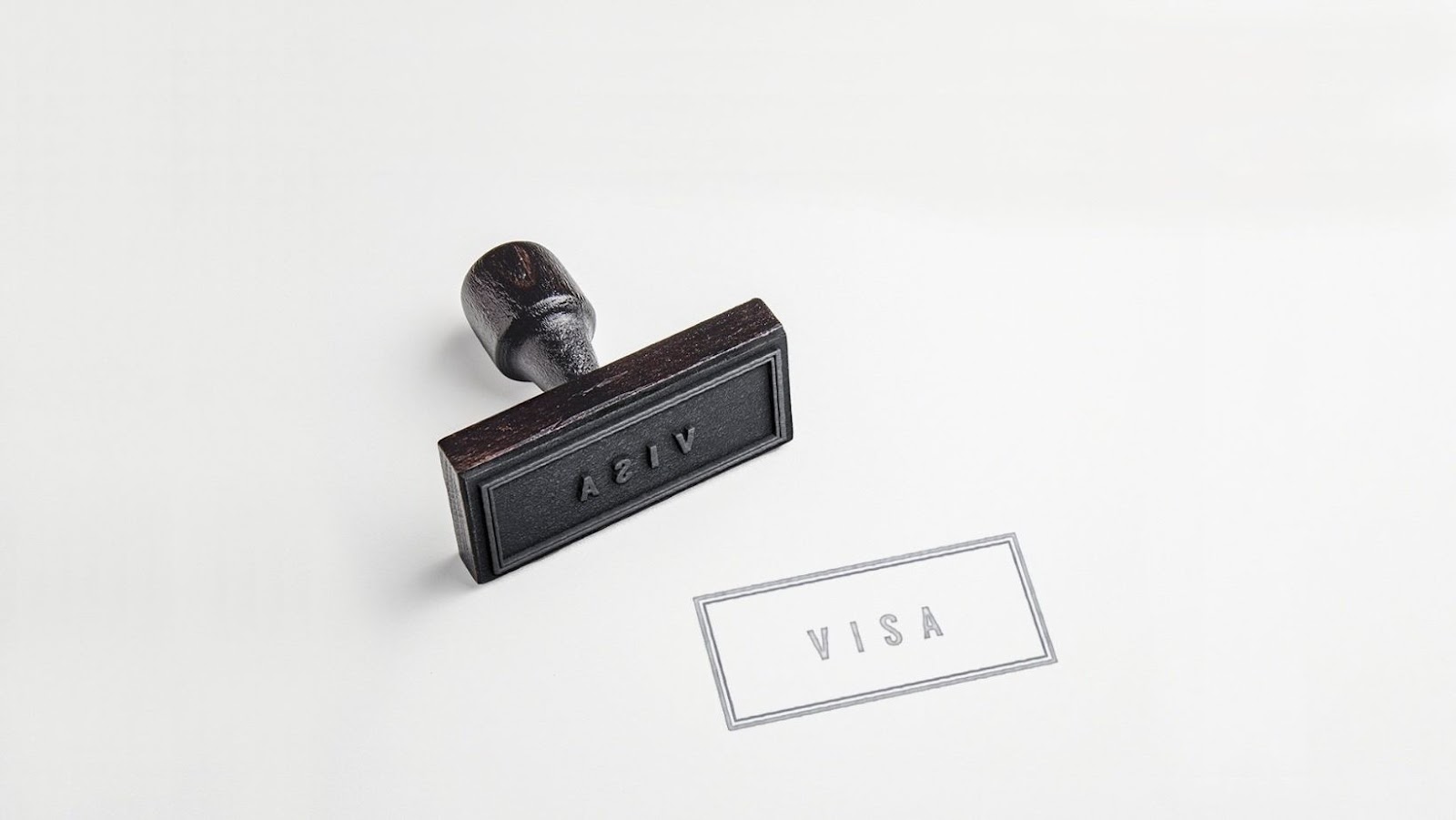Navigating the complex landscape of immigration can seem like a daunting task. The labyrinthine processes, paperwork, and regulations associated with immigrating to a new country can often be overwhelming, especially for those without prior knowledge or experience in this domain.
The importance of understanding the immigration processes cannot be understated. As an immigrant, you’re not only uprooting your life to plant it in new soil, but you’re also contending with an intricate legal system that can have profound implications for your future.
Having a comprehensive grasp of these systems can be the difference between a smooth transition and a challenging ordeal.
Initial Preparation: Paperwork and Documentation
The immigration process begins with identifying the appropriate visa category based on your immigration purposes, such as family, employment, study, or refuge. It’s crucial to understand the different categories in your destination country, each with distinct requirements and processes.
After identifying your visa category, you need to gather the required documents, including identification, financial records, employment proofs, medical records, and, if necessary, relationship evidence for family-based immigration. These documents may need translation and notarization if not in the destination country’s language.
Understanding special conditions for your visa category is essential. These could include prerequisites like a specific residence period, language proficiency, or certain education or professional experience levels. Thorough research of these conditions ensures you meet all requirements before starting your application process.
The Immigration Process: A Step-by-Step Guide
-
Step 1: Determining Eligibility
The first step in the immigration process is determining your eligibility. This involves a thorough examination of the specific requirements for your chosen visa category. Most countries have online tools and resources to help you check your eligibility. Some factors that may affect eligibility include age, language proficiency, professional experience, financial status, health, and family relationships in the destination country.
-
Step 2: Application Filing
Once you have determined that you are eligible, the next step is to file your application. This usually involves completing an application form and submitting it with all the required documentation.

Make sure to provide complete and accurate information, as inconsistencies or errors can lead to delays or rejection of your application. Be aware that there might be an application fee that needs to be paid at this stage.
-
Step 3: Application Processing and Review
After submitting your application, the immigration authority will begin processing and reviewing it. This process may take several months and involves checking the information provided, verifying documents, and assessing your eligibility. It’s crucial to be patient during this stage and respond promptly to any additional requests for information or documentation.
-
Step 4: Immigration Interview
In some cases, you may be called for an interview as part of the application process. The interview allows immigration officials to further assess your application and ask any questions they might have. It’s important to prepare for this interview by reviewing your application and supporting documents and being ready to answer questions about your reasons for immigrating, your background, and your plans in the destination country.
-
Step 5: Final Decision and Follow-up Steps
The final step in the immigration process is receiving a decision on your application. If your application is approved, you will receive information on the next steps, such as paying the immigrant fee, receiving your visa, and making arrangements for your move. If your application is denied, you will receive a notice explaining the reasons for the denial and information on how to appeal the decision, if applicable.
Navigating Legal Assistance
Immigration lawyers, experts in immigration law, can guide you through your immigration journey, providing assistance with paperwork, understanding legal rights and responsibilities, and representation during interactions with immigration authorities.
Hiring an immigration lawyer isn’t obligatory but can prove invaluable in cases involving legal complexities, prior deportations or entry denials, or asylum or refugee status. They can also be of great help if the immigration process feels overwhelming.

Selecting the right immigration lawyer entails considering their experience, case specialization, reputation, and fees. Reviews or testimonials are often found online, and free consultations can assist in your decision-making. It’s also vital to verify that the lawyer is licensed and maintains a good standing within their professional association.
Common Challenges and How to Overcome Them
Delays, a common challenge in immigration, can be caused by administrative errors, incomplete documentation, or processing backlogs. Minimize this risk by submitting accurate and complete paperwork, following up with the immigration office, and promptly responding to any additional information requests.
Application denials can occur due to ineligibility, insufficient supporting documents, or security issues. If denied, it’s important to comprehend the reasons and, if possible, appeal or submit a new application addressing the identified issues.
Document verification can pose challenges, especially if documents are in a foreign language or from countries with varying documentation standards. Overcome this by professionally translating and authenticating documents as per the immigration office’s procedures.
Immigration policies, influenced by political changes or international relations, can alter and affect your immigration process. To stay abreast of current laws and policies, consider subscribing to immigration office updates or consulting your immigration lawyer.
Transitioning From Temporary Visa to Permanent Residence
Transitioning from a temporary visa to permanent residence is a crucial step in immigration, involving distinct procedures and requirements that vary based on the country and visa type. This transition generally entails applying for a status change, fulfilling residency and eligibility requirements, and undergoing an application and review process.

Eligibility to become a permanent resident often depends on factors like the duration of your temporary visa, employment status, family relations in the country, and language proficiency. Some countries may also impose a yearly quota on the number of temporary visa holders transitioning to permanent residence.
The application process typically requires submitting a form and documentation proving your eligibility. The immigration authority reviews your application and may ask for additional information or an interview. Upon approval, an immigrant fee is due, and further formalities, such as an oath of allegiance, might be required.
Conclusion
The journey from initial paperwork to permanent residence and eventually to citizenship is undoubtedly a complex process. It is a path laden with numerous steps, potential obstacles, and countless legal and bureaucratic nuances. However, with the right knowledge, resources, and sometimes with the assistance of legal professionals, it is a journey that millions have successfully navigated.
Remember, this path is not just about the destination. It’s also about the experiences you’ll accumulate along the way, the resilience you’ll build, the cultural exchanges you’ll participate in, and the personal growth you’ll undergo. This journey is about creating a new home in a new land and about the dreams, opportunities, and better future that await you there.


 By
By 



